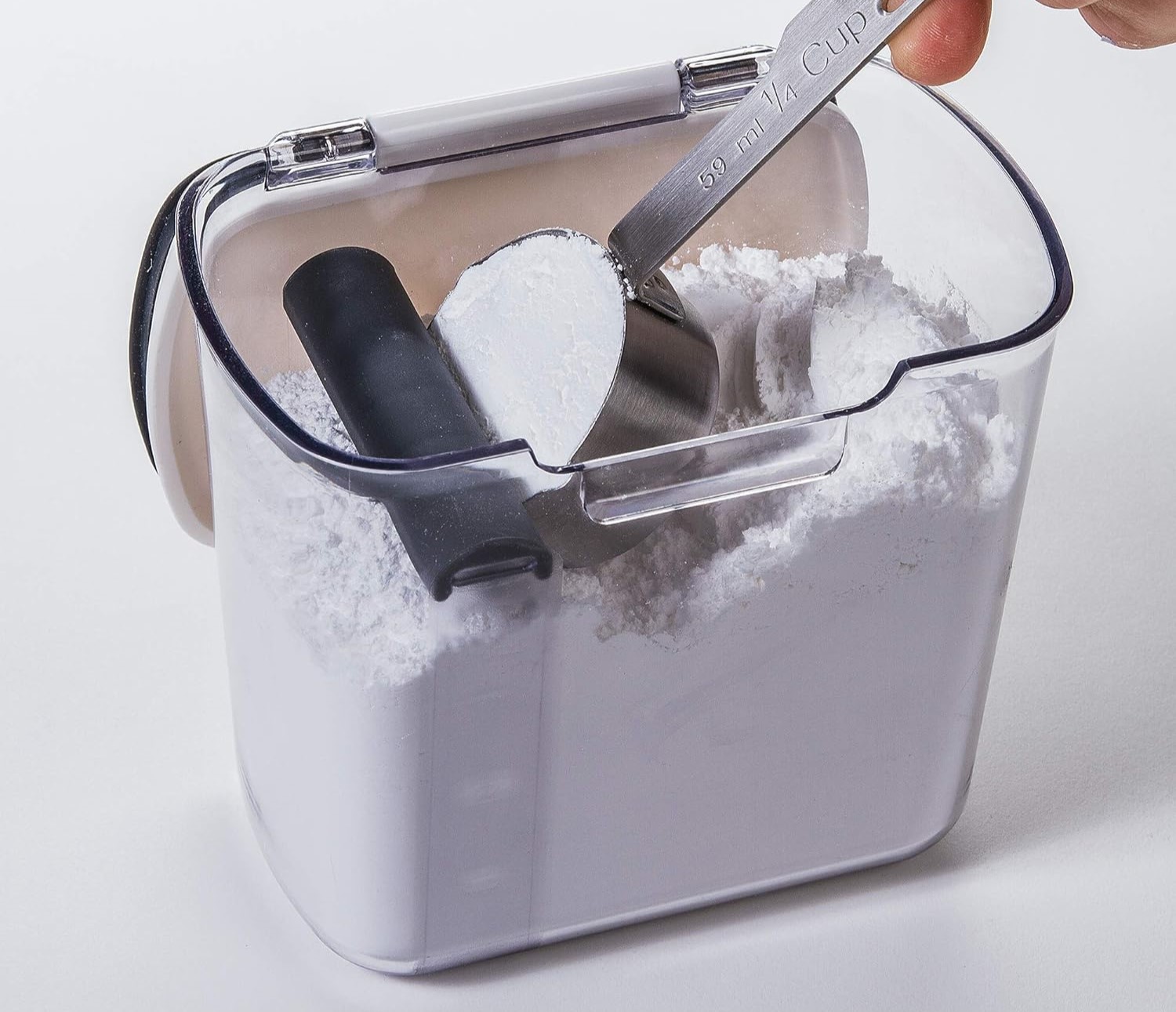

Articles
How To Store Confectioners Sugar
Modified: January 6, 2024
Learn how to store confectioners sugar with these helpful articles. Find out the best methods and tips to keep your powdered sugar fresh and clump-free.
(Many of the links in this article redirect to a specific reviewed product. Your purchase of these products through affiliate links helps to generate commission for Storables.com, at no extra cost. Learn more)
Introduction
Welcome to our guide on how to store confectioners sugar. Confectioners sugar, also known as powdered sugar or icing sugar, is a staple ingredient in many baking recipes. Its fine texture and ability to dissolve easily make it ideal for making frostings, glazes, and other sweet treats. However, improper storage can lead to clumping and moisture absorption, which can affect the quality and usability of the sugar.
In this article, we will walk you through the steps to ensure that your confectioners sugar stays fresh, dry, and clump-free for longer periods. By following these simple guidelines, you can preserve the quality of your powdered sugar and enjoy the best results in your baking endeavors.
First, let’s explore why proper storage of confectioners sugar is so important.
Key Takeaways:
- Proper storage of confectioners sugar is crucial to prevent clumping, preserve freshness, and save money by extending its shelf life. Follow these steps to maintain the quality of your powdered sugar for delicious baking results.
- Choosing the right container, removing moisture, sealing properly, storing in a cool place, and using silica gel packs are key to keeping confectioners sugar fresh and clump-free. Explore alternative storage methods to find the best fit for your needs.
Read more: How To Store Sugar
Why Proper Storage is Important
Proper storage of confectioners sugar is crucial to maintain its quality and usability. Here are a few reasons why it is important to store powdered sugar correctly:
- Prevents moisture absorption: Confectioners sugar has a high tendency to absorb moisture from the air, which can lead to clumping. Clumped sugar is difficult to work with and can ruin the texture of your baked goods. By storing it properly, you can prevent moisture absorption and keep the sugar free-flowing.
- Preserves freshness and flavor: Like any other food ingredient, confectioners sugar can lose its freshness and flavor over time. Exposure to air, heat, and light can accelerate the degradation process. By storing it correctly, you can prolong its shelf life and ensure that your recipes taste as delicious as possible.
- Prevents contamination: Confectioners sugar can easily pick up odors and flavors from the surrounding environment. Storing it in a sealed container helps to prevent cross-contamination, ensuring that your sugar remains pure and untainted.
- Saves money: When stored properly, confectioners sugar can last for an extended period, reducing the need for frequent replacements. This can save you money in the long run, as you won’t have to waste sugar that has become clumpy or spoiled.
Now that you understand the importance of proper storage, let’s dive into the steps to store confectioners sugar effectively.
Step 1: Choosing the Right Container
The first step in storing confectioners sugar is selecting the right container. The container you choose should be airtight, moisture-proof, and made of a food-safe material. Here are some options to consider:
- Glass jars: Glass jars with tight-fitting lids are an excellent choice for storing confectioners sugar. They are non-porous and do not react with the sugar, ensuring its freshness and quality.
- Plastic containers: Look for plastic containers that are specifically designed for food storage. Ensure that they are BPA-free and have a secure seal to keep moisture out. Transparent containers allow you to see the sugar inside, making it easier to monitor its condition.
- Resealable bags: If you are using a resealable bag, make sure it is made of thick, food-grade plastic. Press out any excess air before sealing the bag tightly to prevent moisture from entering.
- Vacuum-sealed bags: Vacuum-sealed bags are an excellent choice for long-term storage. These bags remove all air from the packaging, keeping the sugar fresh and preventing any moisture from seeping in.
When selecting a container, it’s essential to choose the appropriate size. A container that is too large will leave extra air space, increasing the chances of moisture absorption. On the other hand, a container that is too small may lead to the sugar getting squashed and clumped together. Select a container that allows enough space for the powdered sugar to remain loose and flowing.
Now that you have chosen the right container, let’s move on to the next step: removing any moisture from the sugar.
Step 2: Removing Any Moisture
Before storing confectioners sugar, it’s crucial to ensure that it is completely dry. Even a small amount of moisture can lead to clumping and spoilage. Follow these steps to remove any moisture from the sugar:
- Inspect the sugar: Check the powdered sugar for any signs of moisture, such as clumps or a sticky texture. If you notice any moisture, spread the sugar out on a baking sheet and allow it to air dry for a few hours.
- Sift the sugar: To further eliminate any clumps or moisture, sift the confectioners sugar through a fine-mesh sieve or a flour sifter. This process will ensure that the sugar is light, fluffy, and free-flowing.
- Add cornstarch: If you live in a humid climate or want extra insurance against moisture, you can add a small amount of cornstarch to the powdered sugar. Cornstarch helps to absorb excess moisture and prevent clumping. Use approximately 1-2 tablespoons of cornstarch per 1 cup of powdered sugar.
Once you have removed any moisture from the powdered sugar, it’s time to move on to step 3: sealing the container properly.
Step 3: Sealing the Container Properly
To ensure that confectioners sugar stays fresh and free from moisture, it is essential to seal the storage container properly. Follow these guidelines to seal the container effectively:
- Ensure a clean and dry container: Before adding the powdered sugar, make sure the container is clean and completely dry. Any leftover moisture or debris can affect the quality of the sugar.
- Transfer the sugar: Carefully transfer the powdered sugar into the selected container. Use a clean spoon or a funnel to avoid spilling and contaminating the sugar. Avoid touching the sugar with moist hands, as this could introduce moisture into the container.
- Seal the container: Close the lid of the container tightly to create an airtight seal. Check for any gaps or leaks and ensure that the lid fits snugly. A properly sealed container will prevent moisture and air from entering and keep the confectioners sugar fresh.
- Label and date: It’s a good practice to label the container with the contents and the date of storage. This will help you keep track of the freshness and shelf life of the confectioners sugar.
Properly sealed containers will help maintain the quality and texture of the powdered sugar. Next, let’s explore step 4: storing the confectioners sugar in a cool and dry place.
Store confectioners sugar in an airtight container to prevent clumping and keep it fresh. You can also add a few saltine crackers to absorb moisture.
Read more: How To Store Sugar Cane
Step 4: Storing in a Cool and Dry Place
Storing confectioners sugar in a cool and dry place is crucial to maintain its freshness and quality. Here are some guidelines to follow when choosing the right location:
- Avoid heat and humidity: High temperatures and humidity can cause confectioners sugar to clump and degrade. It’s important to store it away from direct sunlight, stovetops, ovens, or any areas prone to moisture, such as the kitchen sink or dishwasher.
- Choose a cool storage area: Find a cool spot in your pantry, cupboard, or a kitchen cabinet to store the powdered sugar. Aim for a temperature range of around 50-70°F (10-21°C). Avoid areas that experience frequent temperature fluctuations, as they can affect the consistency and texture of the sugar.
- Keep away from strong odors: Confectioners sugar can absorb strong odors from nearby ingredients, spices, or cleaning agents. Store it away from pungent foods or any items with a strong fragrance to prevent flavor contamination.
- Avoid excessive air exposure: Limit the frequency of opening the storage container to minimize the sugar’s exposure to air. Every time the container is opened, moisture can enter, leading to clumping. Take out the amount of sugar you need and quickly seal the container back up.
By storing confectioners sugar in a cool and dry place, you can extend its shelf life and ensure its optimal quality for future use. However, it’s important to periodically check for clumps. Let’s move on to step 5: checking for clumps regularly.
Step 5: Checking for Clumps Regularly
Even with proper storage, confectioners sugar can occasionally develop clumps. It’s important to check for and address any clumping issues regularly. Here’s how to do it:
- Inspect the sugar: Periodically open the container and visually inspect the powdered sugar for any signs of clumps. Pay attention to the corners and bottom of the container where moisture can accumulate.
- Break up any clumps: If you find clumps, gently break them apart using a fork or a clean, dry whisk. Be careful not to crush the clumps too forcefully, as this can create a fine powder that may affect the texture of your recipes.
- Sift the sugar: If the clumps are persistent, sift the confectioners sugar through a fine-mesh sieve or a flour sifter to remove any remaining lumps. This will ensure that the sugar is smooth and free-flowing once again.
- Re-seal the container: After addressing any clumping issues, reseal the container tightly to prevent further moisture absorption.
Checking for clumps regularly allows you to catch any issues early on and maintain the quality of the powdered sugar. However, if you want added protection against moisture, you can try using silica gel packs, as we’ll discuss in the next step.
Step 6: Using Silica Gel Packs
Silica gel packs can be a useful addition to your confectioners sugar storage routine, helping to absorb excess moisture and prevent clumping. Here’s how to use silica gel packs to maintain the quality of your powdered sugar:
- Purchase silica gel packs: You can find silica gel packs at most craft stores, online retailers, or even with certain food packaging. Look for food-grade silica gel packs that are safe for use with edible items.
- Place the packs in the container: Open the silica gel packs and place them inside the storage container. Position them in such a way that they don’t directly contact the confectioners sugar. This will prevent any transfer of silica gel particles into the sugar.
- Replace the packs periodically: Over time, the silica gel packs will become saturated with moisture. It’s important to replace them regularly to ensure their effectiveness. Follow the instructions provided with the silica gel packs for guidance on how often to replace them.
- Monitor the sugar: Despite using silica gel packs, it’s still important to check the confectioners sugar periodically for clumps or signs of moisture. If you notice any issues, address them as mentioned in Step 5.
Using silica gel packs can provide an extra layer of protection against moisture, ensuring that your powdered sugar remains dry and free-flowing for an extended period. However, if you prefer alternative storage methods, we’ll explore some options in the next step.
Step 7: Alternative Storage Methods
If you prefer alternative storage methods for your confectioners sugar, here are a few options to consider:
- Refrigerate the sugar: While confectioners sugar doesn’t require refrigeration, storing it in the refrigerator can help prolong its shelf life. Place the powdered sugar in an airtight container and keep it in the refrigerator, away from any strong-smelling foods.
- Freeze the sugar: Freezing confectioners sugar is another option to prolong its freshness. Divide the powdered sugar into smaller portions and store them in freezer-safe containers or airtight freezer bags. Make sure to label the containers with the date and portion size to easily keep track.
- Vacuum-seal the sugar: Invest in a vacuum sealer to remove all air from the packaging. Vacuum-sealed confectioners sugar can stay fresh for an extended period, as the vacuum-sealed bags provide airtight protection against moisture and air.
- Use moisture-absorbing packets: Instead of silica gel packs, you can also opt for other moisture-absorbing packets such as desiccant packs or oxygen absorbers. These can help keep the powdered sugar dry and prevent clumping.
- Store in airtight canisters: Consider using dedicated airtight canisters designed specifically for storing confectioners sugar. These canisters often come with built-in moisture barriers and easy-to-use sealing mechanisms to keep the sugar fresh.
Remember to assess the pros and cons of each alternative method and choose the one that aligns with your preferences and storage conditions.
By following the steps outlined in this guide and selecting the storage method that works best for you, you can ensure that your confectioners sugar remains fresh, dry, and clump-free for an extended period. Happy baking!
Read more: How To Store Powdered Sugar
Conclusion
Proper storage is essential to maintain the freshness and quality of confectioners sugar, ensuring smooth and delicious results in your baking endeavors. By following the steps outlined in this guide, you can effectively store your powdered sugar and prevent clumping and moisture absorption.
Choosing the right container, removing any moisture, sealing the container properly, storing in a cool and dry place, regularly checking for clumps, using silica gel packs, and considering alternative storage methods are all key aspects of maintaining the optimal condition of your confectioners sugar.
Remember to select airtight containers, remove any moisture before storage, and store the sugar in a cool and dry place away from heat, humidity, and strong odors. Regularly inspect the sugar for clumps and address them as necessary, and consider using silica gel packs or alternative moisture-absorbing methods for added protection. Additionally, you can explore alternative storage options such as refrigeration, freezing, vacuum sealing, or using dedicated airtight canisters.
By implementing these storage practices, you can prolong the shelf life of your confectioners sugar, save money by avoiding spoilage, and ensure that your powdered sugar remains free-flowing and ready to use in your favorite recipes.
Now that you have learned how to store confectioners sugar properly, it’s time to put this knowledge into practice and enjoy the convenience and quality of fresh powdered sugar in all your baking endeavors. Happy baking!
Frequently Asked Questions about How To Store Confectioners Sugar
Was this page helpful?
At Storables.com, we guarantee accurate and reliable information. Our content, validated by Expert Board Contributors, is crafted following stringent Editorial Policies. We're committed to providing you with well-researched, expert-backed insights for all your informational needs.
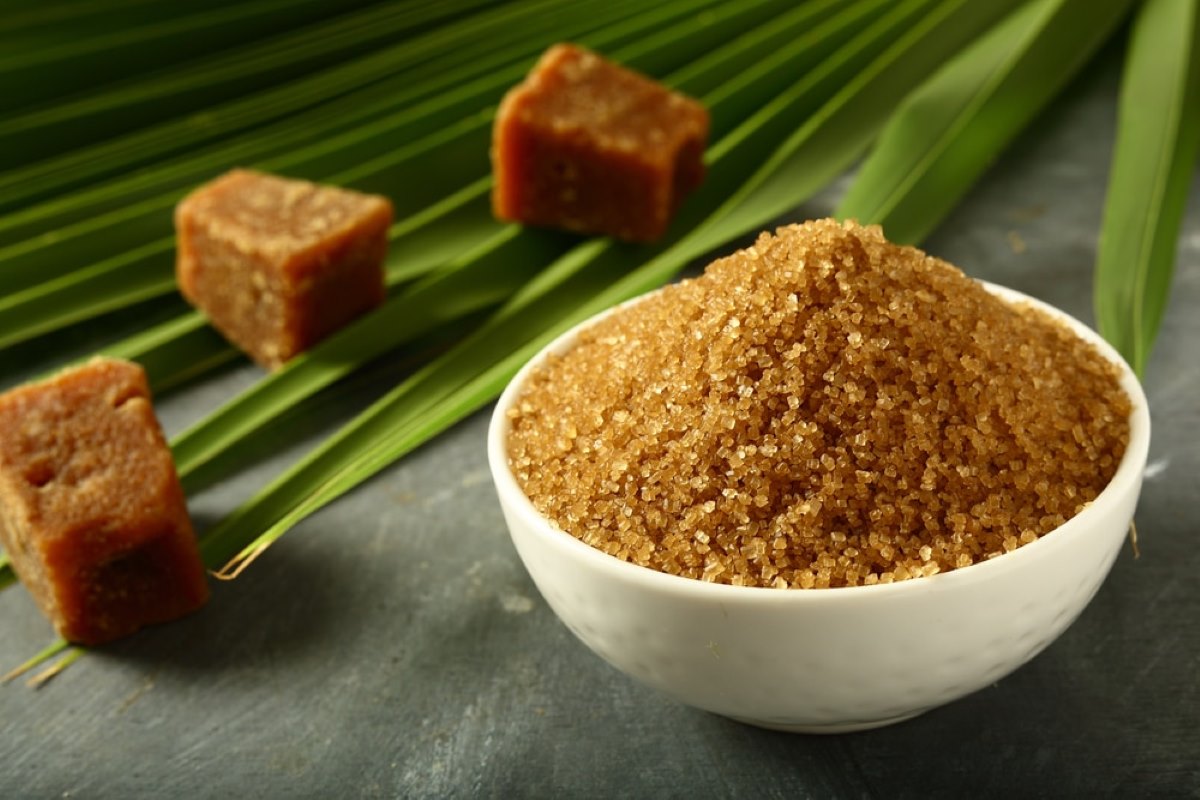
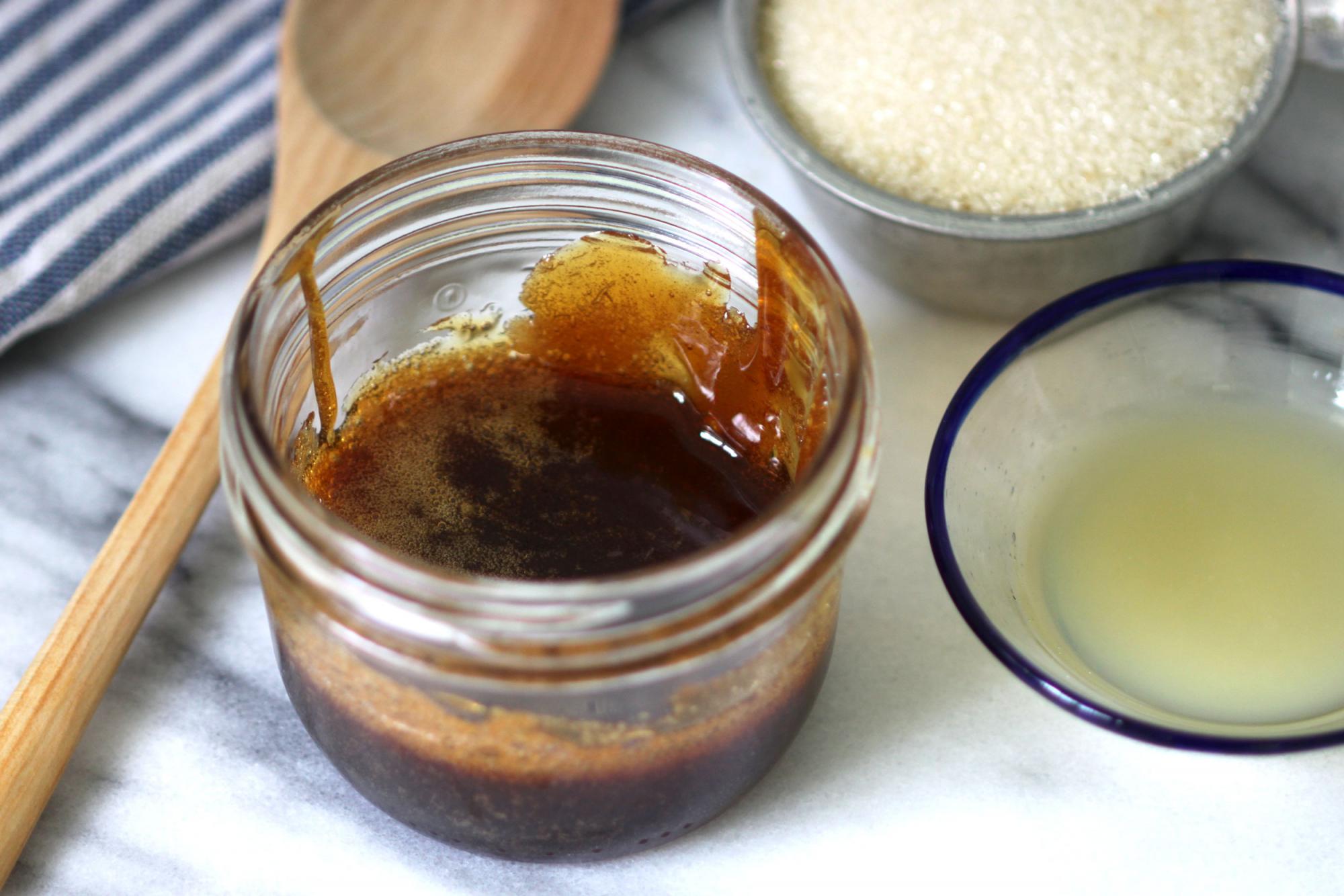
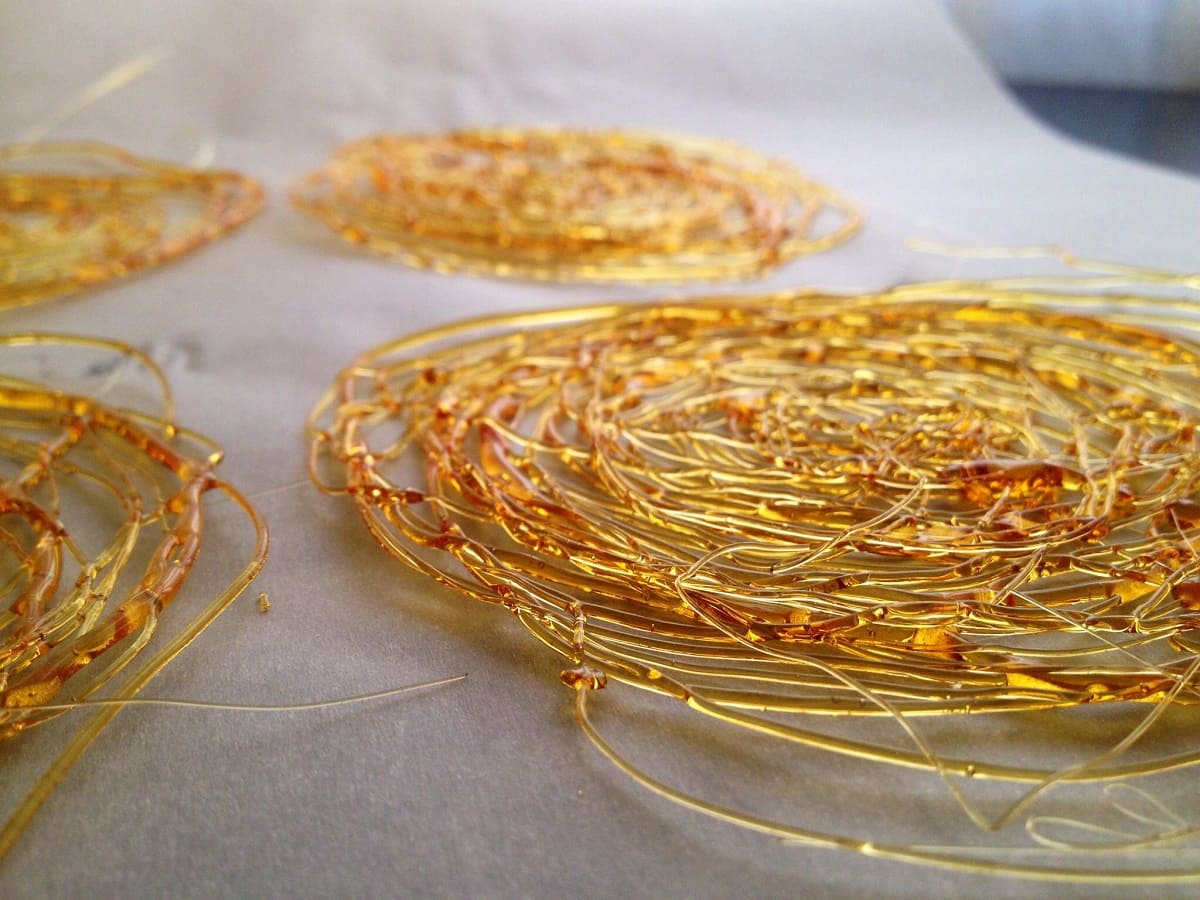
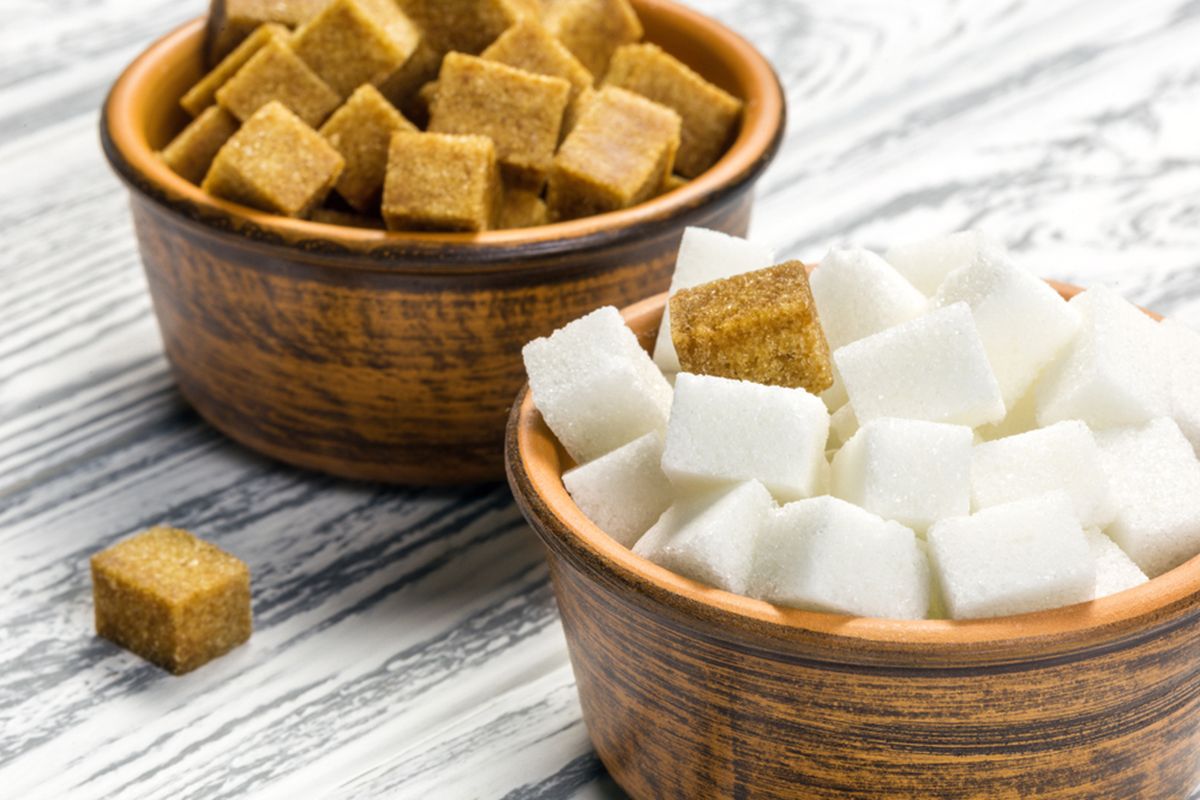
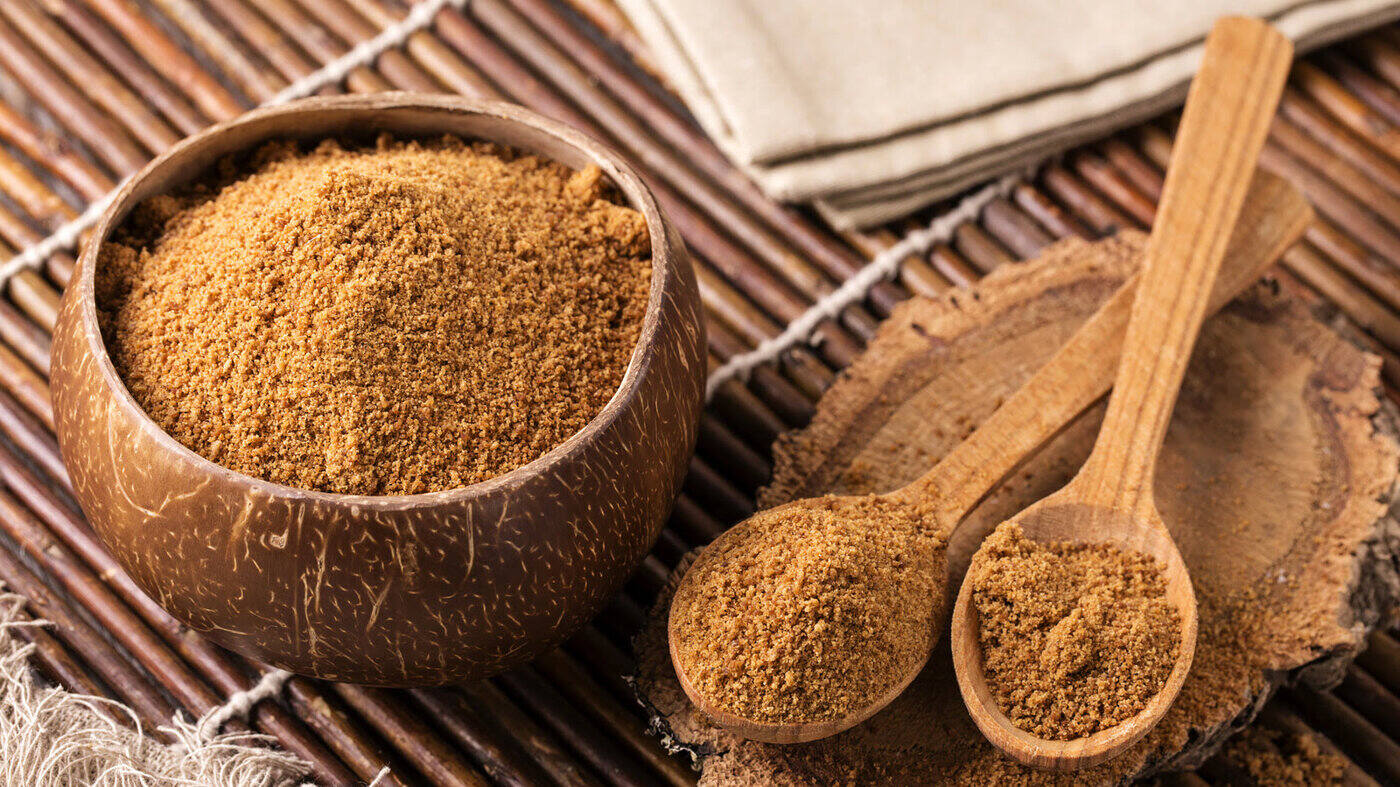
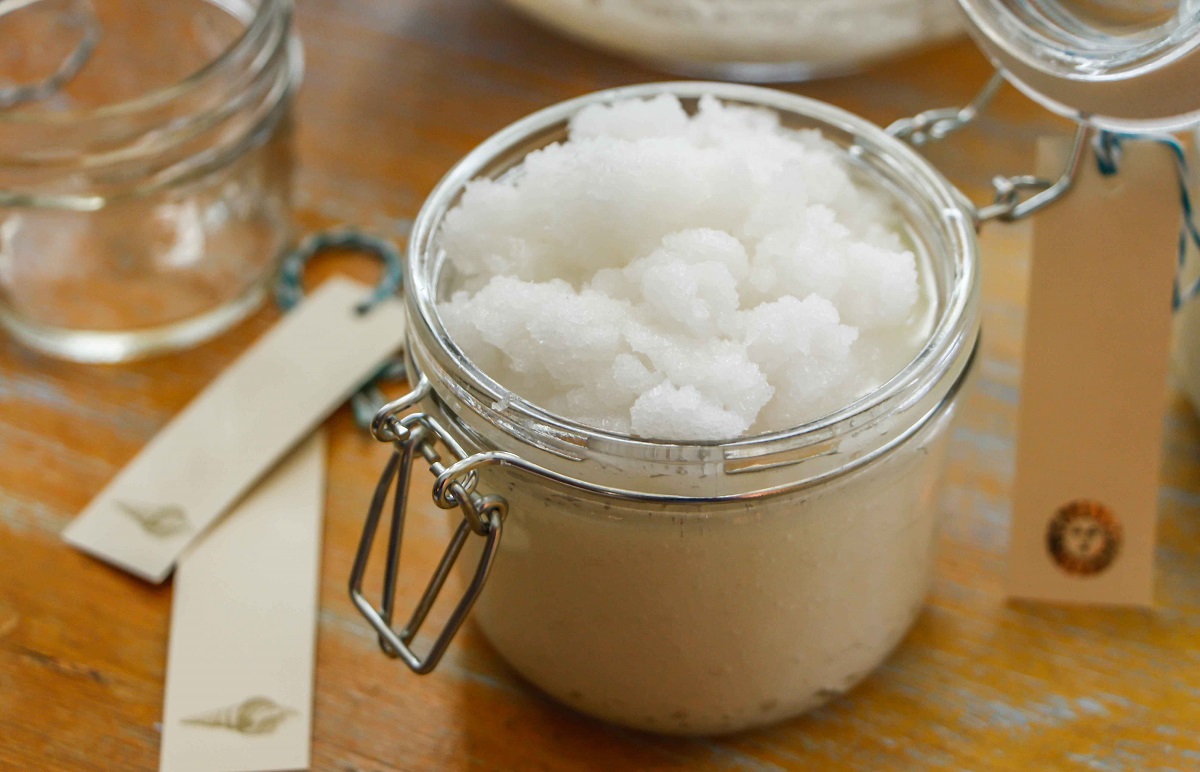
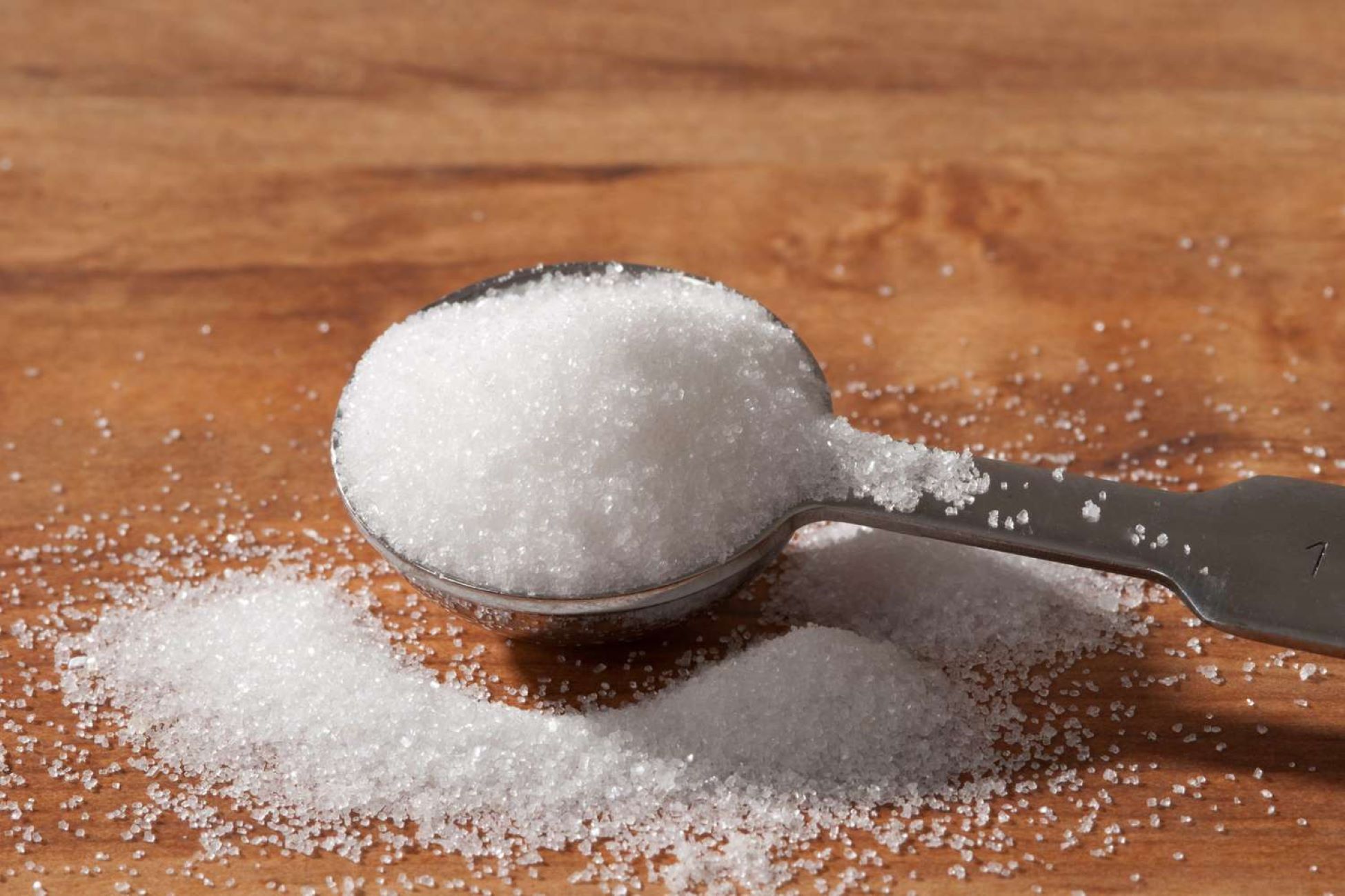
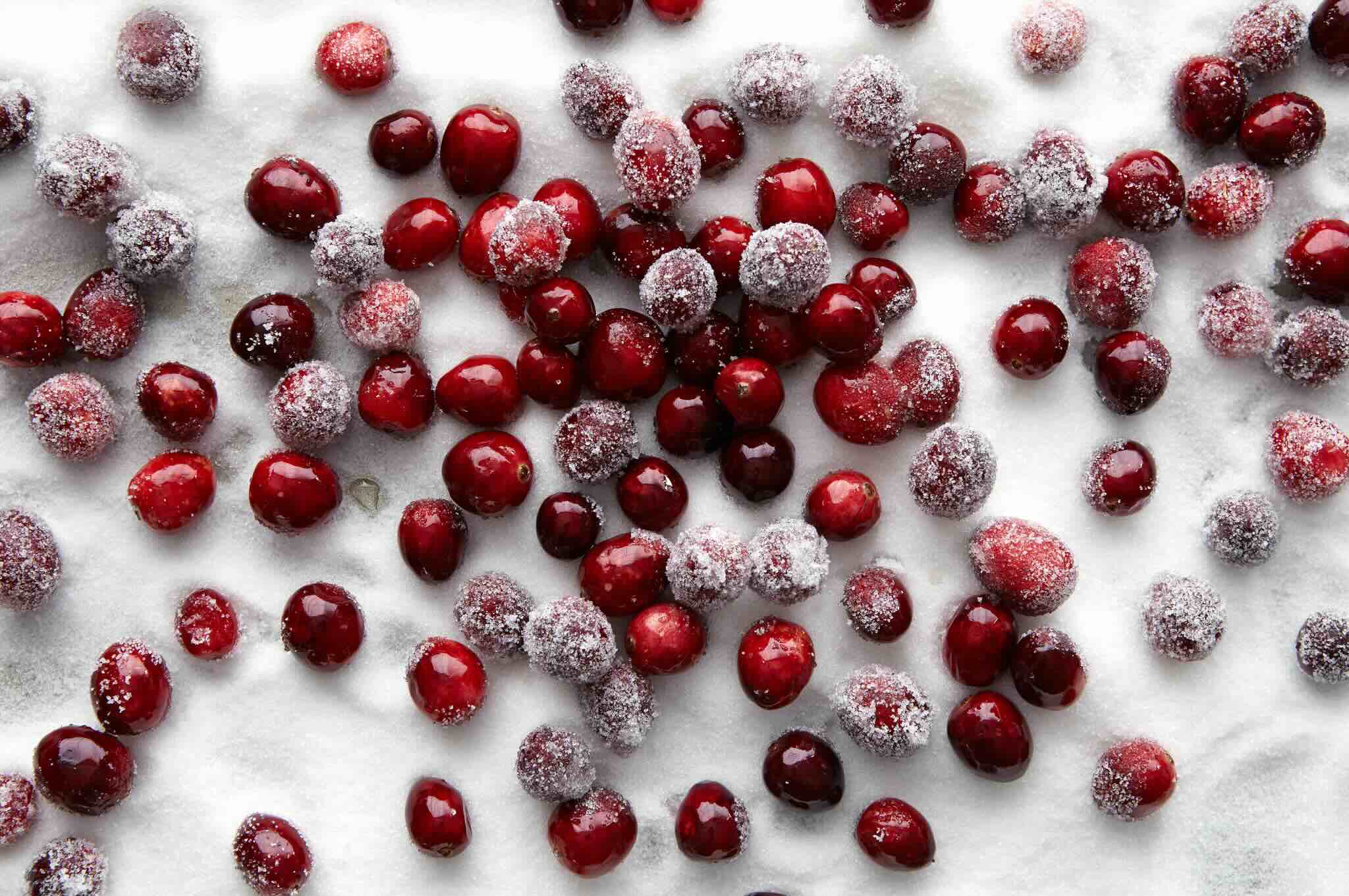
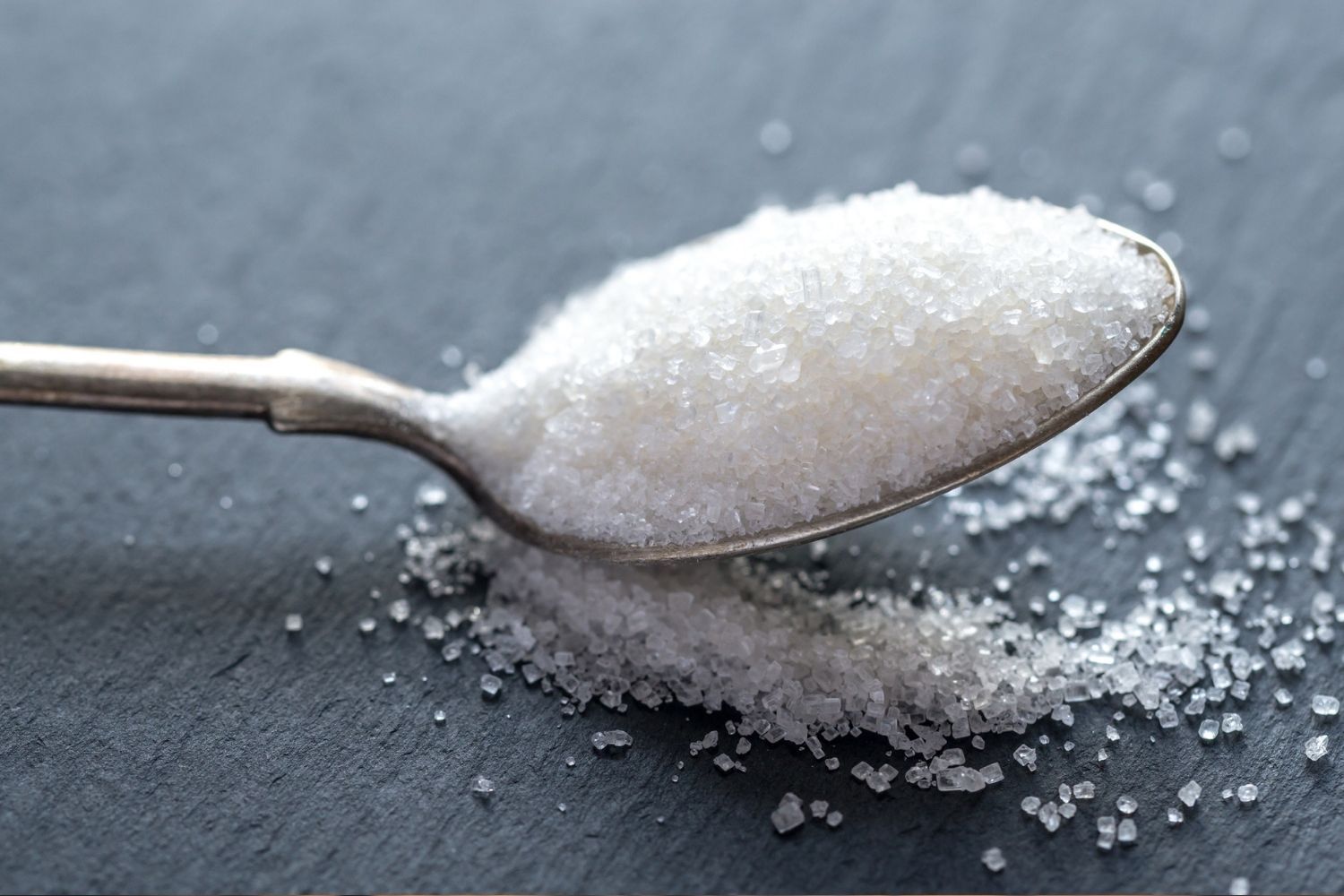
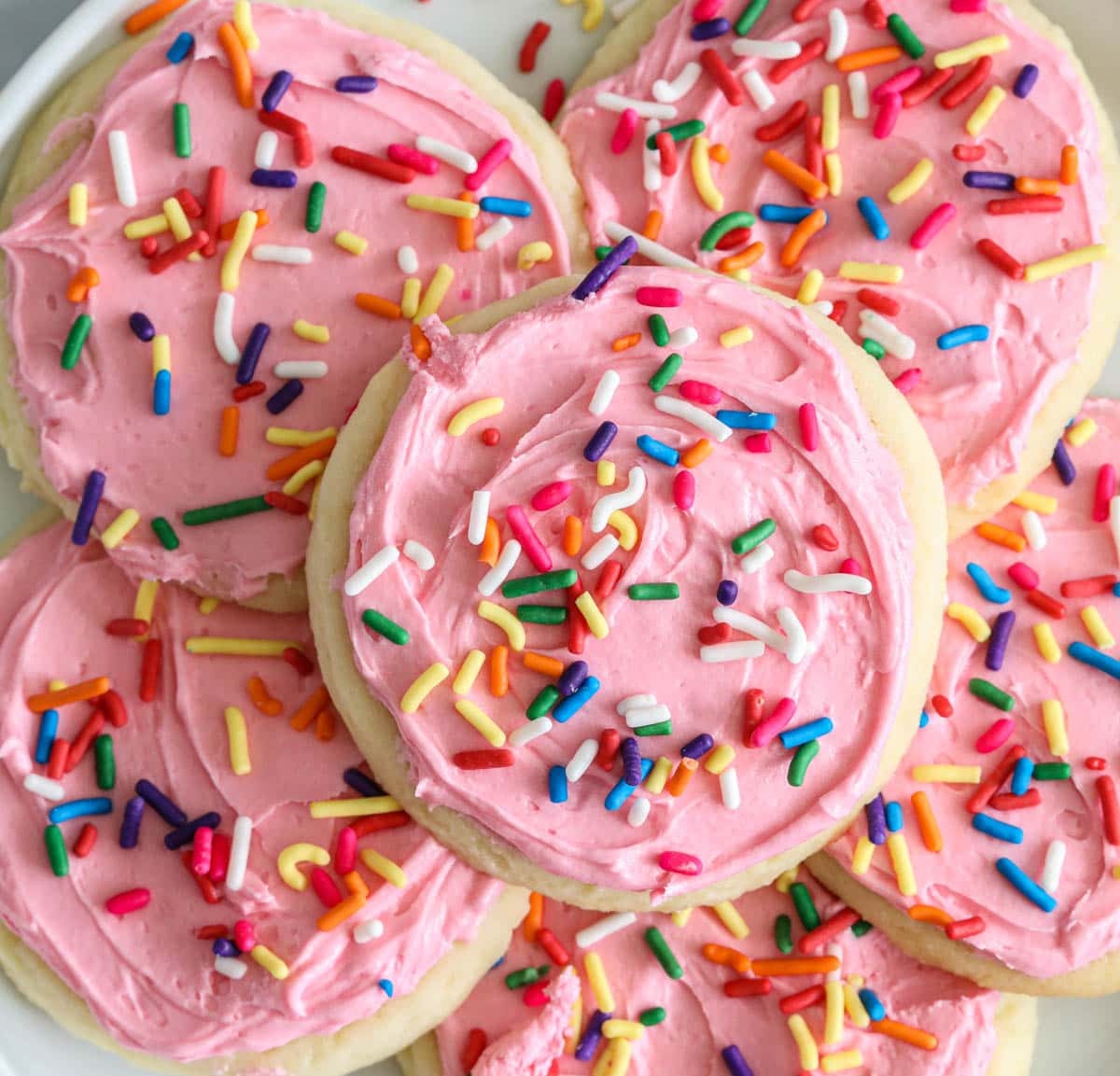
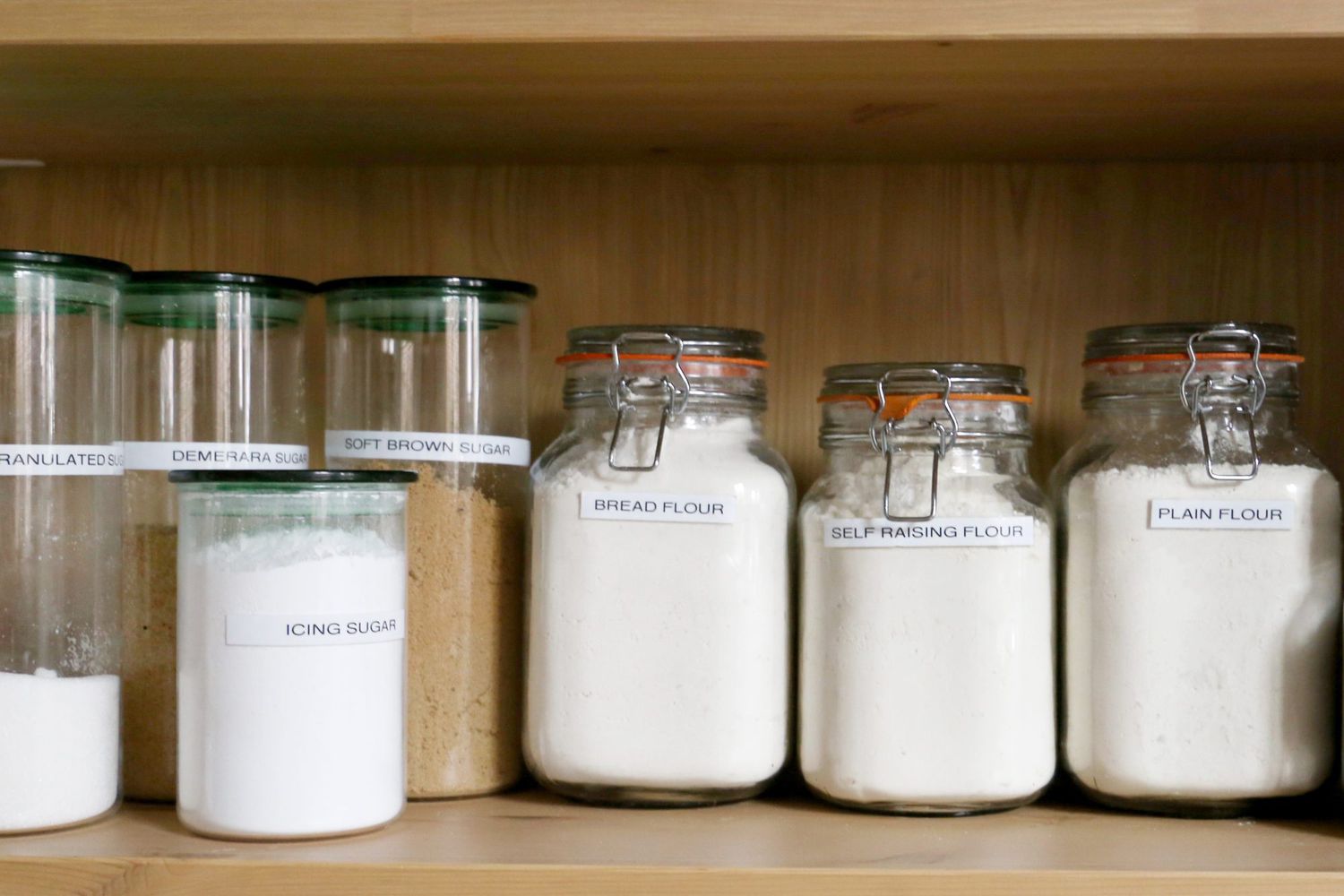
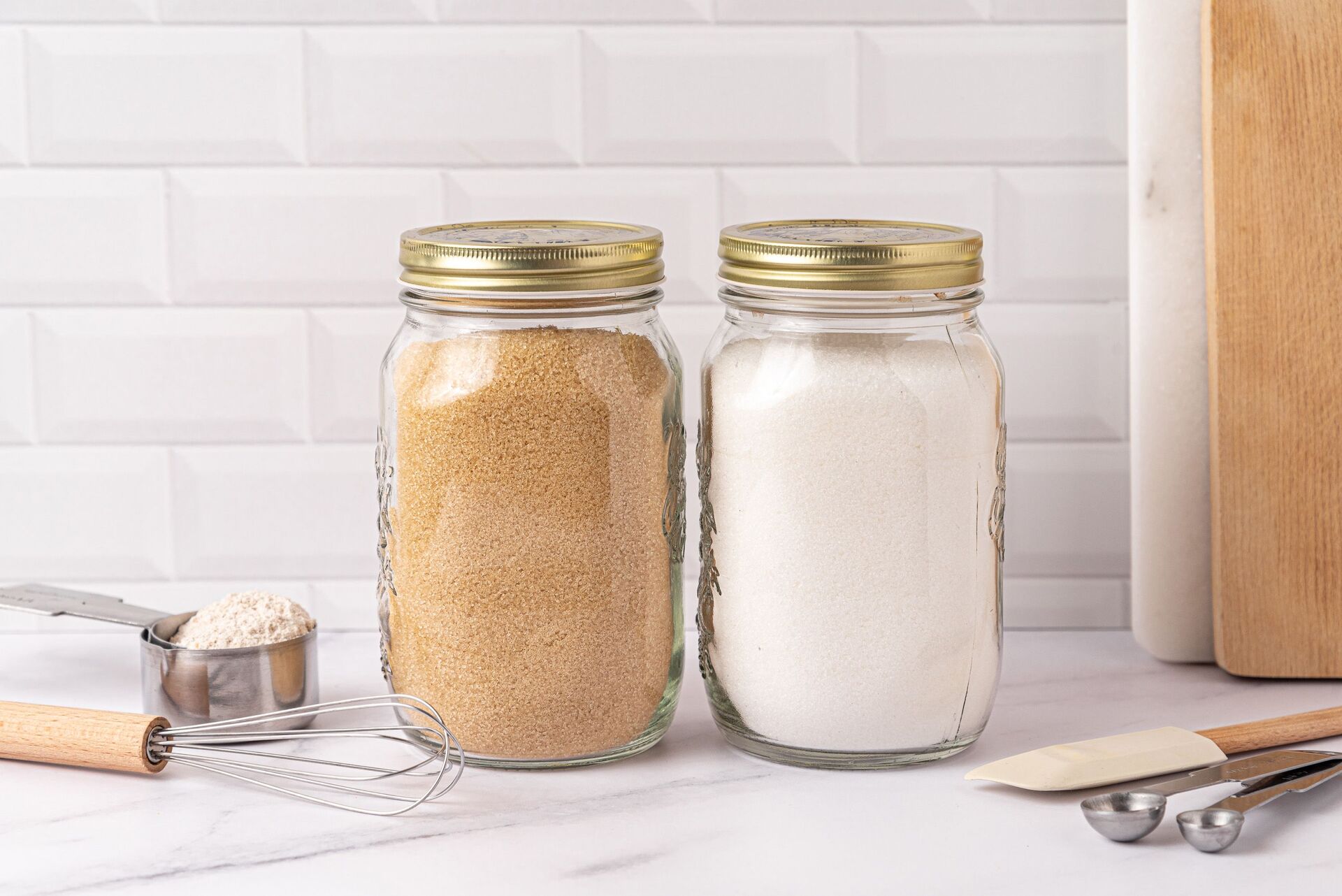
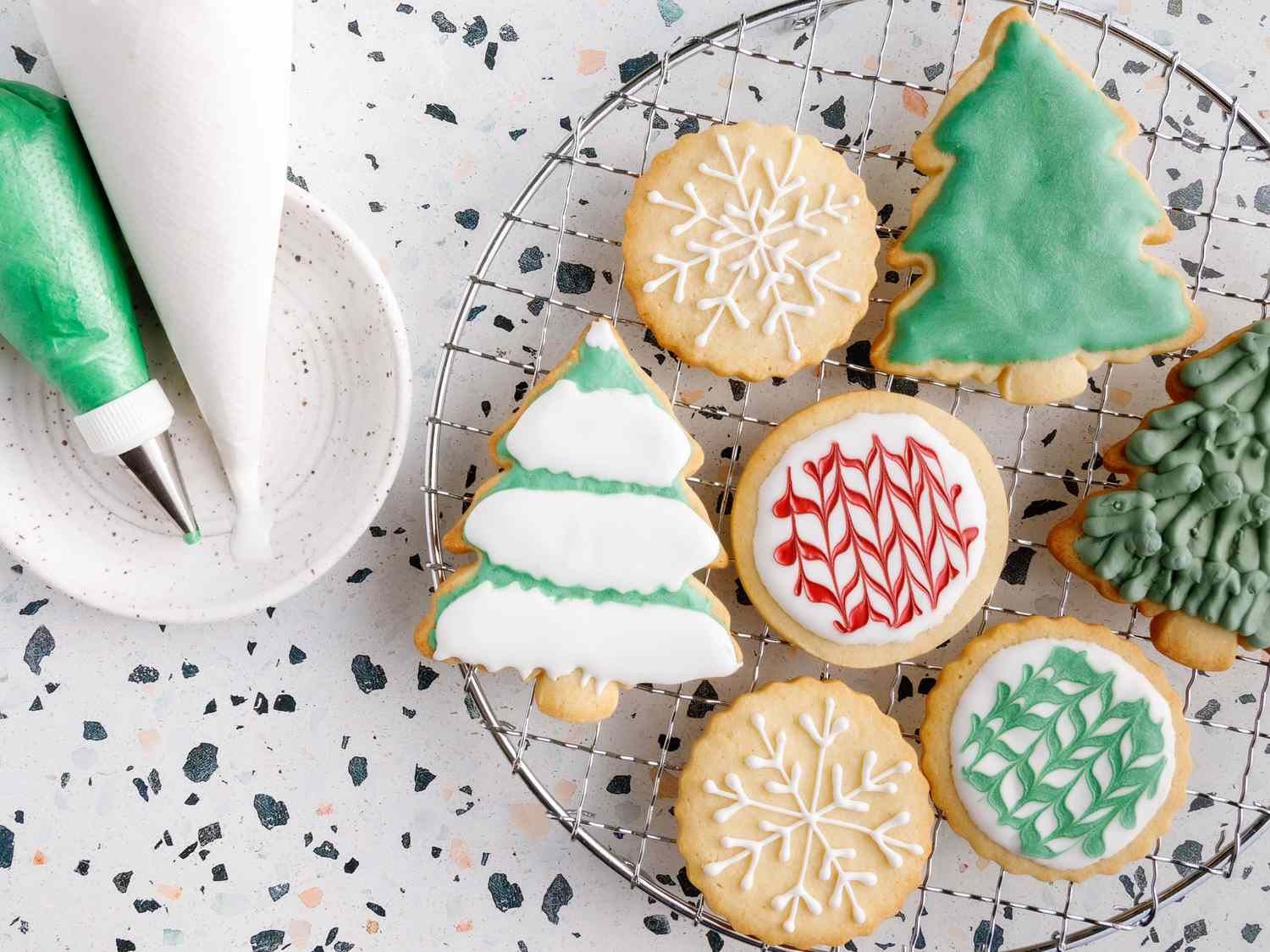

0 thoughts on “How To Store Confectioners Sugar”